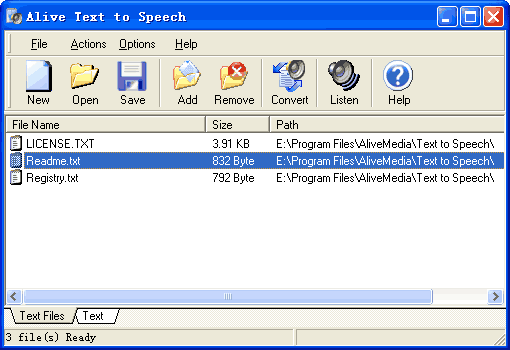

While making the software, these speech waves are largely correlated with the text of those words. There are some speech waves that that certain words create. For similar sounding words, the software identifies with respect to the context of the input and selects what suits them best and gives that as an output. The software at the server breaks it down into tiny parts called phonemes, which are the smallest elements of a language and a representation of the sounds we make and put together to form meaningful expressions. Here it has the relevant database which the device gets access to. When the microphone receives the speech that it is made to listen to, it sends the speech data to a central server. In order to make that voice message and convert it to text, two crucial elements involved are a microphone to pick up what you say and an internet connection. Using programmed algorithms and trained data, it can then provide an output guessing what was said. Not just that, today it also has the capability to understand the meaning behind it. Speech recognition software can analyze sounds you make by filtering what you say, digitising it to a format it can read. The Tech Behind Speech Recognition Engine We are interacting with digital assistants more than ever today. it comes as a convenience to many and has a great use across all kinds of professions, students, and just daily lives in general. The world today is experiencing a heavy use of speech-to-text technology.


 0 kommentar(er)
0 kommentar(er)
